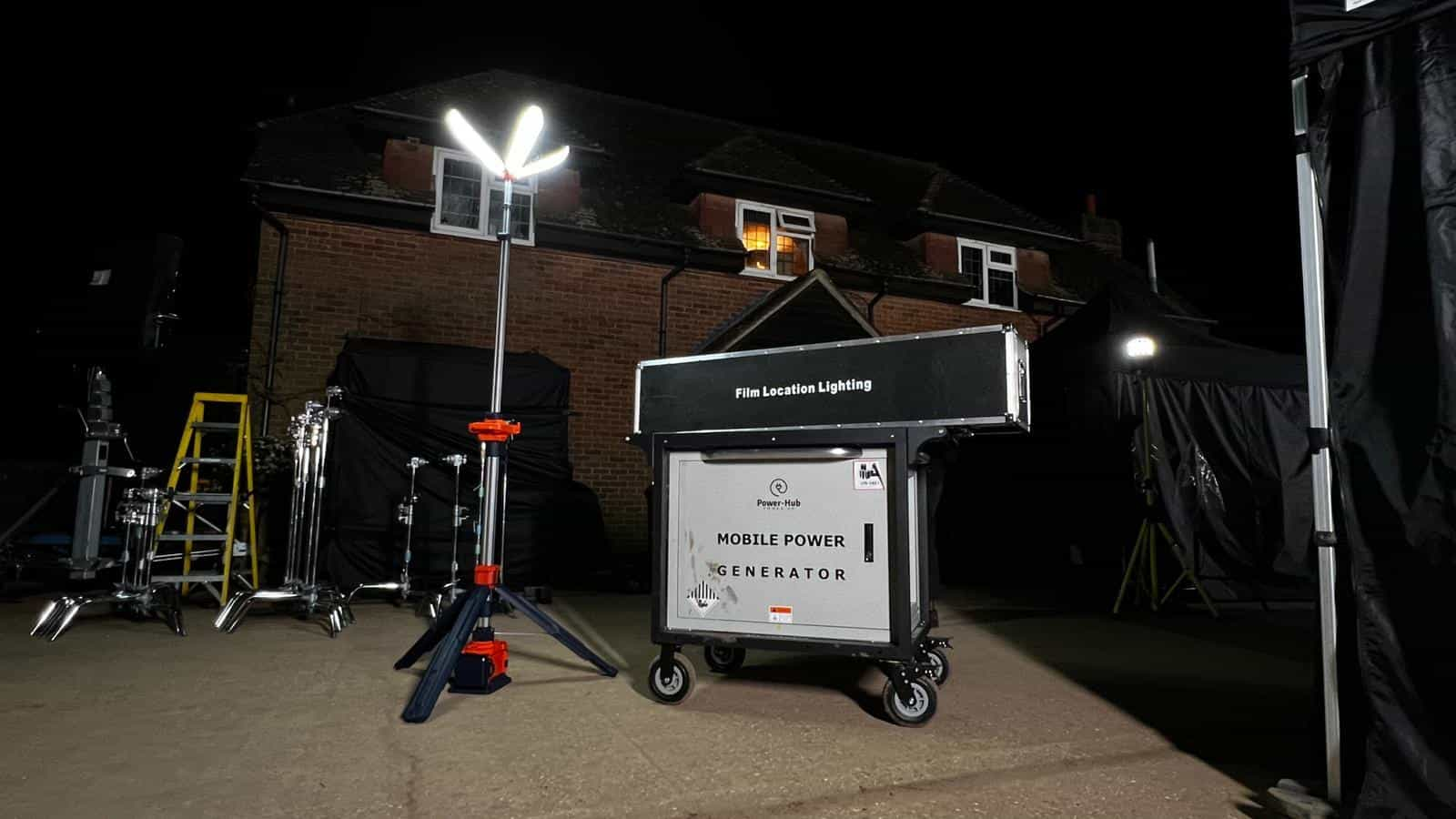
Solar power systems have gained immense popularity in recent years, providing clean and sustainable energy solutions to households and businesses alike. Investing in a solar power system is not only an environmentally friendly choice but also a cost-effective one in the long run. However, to ensure the longevity and optimal performance of your solar power system, it is crucial to understand how to efficiently charge and discharge your system's batteries. In this article, we will explore some essential tips and strategies for extending the lifespan of your solar power system through efficient charging and discharging processes.
One of the fundamental aspects of maximizing the lifespan of your solar power system is to ensure that it is appropriately sized for your energy needs. A system that is too small may not generate enough power, leading to frequent deep discharges and accelerated battery degradation. Conversely, an oversized system may result in shallow discharges, which can also impact battery health. Therefore, consult with a solar professional to determine the optimal system size that suits your energy requirements.
Maximum Power Point Tracking (MPPT) charge controllers are crucial components in solar power systems. They help optimize the charging process by efficiently converting the solar panel's output voltage to match the battery voltage. MPPT controllers ensure that the batteries receive the maximum available power from the solar panels, enhancing charging efficiency and minimizing stress on the battery bank. By using MPPT charge controllers, you can extend the lifespan of your batteries and maximize the energy harvested from the sun.
Maintaining the appropriate voltage levels for your batteries is essential for their longevity. Most solar power systems use deep-cycle batteries, which are designed to handle regular charging and discharging. Overcharging or discharging beyond recommended levels can significantly impact battery life. Monitoring the battery voltage regularly and ensuring it stays within the manufacturer's specified range will help prolong the battery lifespan and ensure optimal performance.
Extreme temperatures can have detrimental effects on battery health. High temperatures can accelerate battery degradation while freezing temperatures can reduce their capacity. Implementing battery temperatures control measures, such as proper ventilation and insulation, can help maintain optimal temperature ranges. Additionally, some solar charge controllers have built-in temperature sensors that adjust the charging parameters based on the battery's temperature, further enhancing the battery's lifespan.
Deeply discharging batteries on a regular basis can significantly reduce their lifespan. Deep cycle batteries perform best when discharged between 20% and 50% of their capacity. Avoiding deep discharges by setting battery charge thresholds and configuring your system to stop discharging at a specific voltage will help extend battery life. Additionally, using energy management systems or battery monitoring solutions can provide real-time insights into your battery's state of charge, enabling you to make informed decisions and prevent excessive depth of discharge.
Efficient battery charging is crucial for maximizing the lifespan of your solar power system. Implementing a charging profile that matches the battery's chemistry and manufacturer's recommendations is essential. For example, lead-acid batteries require a specific charging algorithm, including bulk, absorption, and float stages. Implementing the correct charging profile ensures that the batteries receive the necessary charge without overcharging, which can lead to battery damage and reduced lifespan.
Inspecting your solar panels for any damage or debris buildup is essential. Dirt, dust, or debris on the panels can reduce their efficiency and overall energy generation. Regularly cleaning the panels using a soft brush or a hose can help maintain their optimal performance.
Furthermore, check all the connections, wiring, and junction boxes of your solar power system. Loose or corroded connections can hinder the flow of electricity and impact the system's efficiency. Tighten any loose connections and replace any damaged or worn-out components promptly.
Additionally, monitor the performance of your solar power system by keeping track of energy production and consumption. Many solar systems offer monitoring software that allows you to track and analyze your energy usage patterns. By monitoring your system's performance, you can identify any issues or inefficiencies and take corrective measures promptly.
Incorporating energy storage solutions, such as batteries, can further optimize the charging and discharging processes of your solar power system. Energy storage allows you to store excess energy generated during the day and use it during periods of low sunlight or high energy demand. By utilizing energy storage effectively, you can minimize grid dependency, enhance self-consumption, and reduce strain on the batteries by avoiding excessive discharges.
When selecting batteries for energy storage, consider factors such as capacity, cycle life, efficiency, and compatibility with your solar power system. Lithium-ion batteries are gaining popularity due to their high energy density, longer lifespan, and better charge-discharge efficiency compared to traditional lead-acid batteries.
Keeping yourself informed about the latest developments, technologies, and best practices in solar power systems is crucial for maximizing the lifespan of your system. Stay updated with industry news, attend seminars or webinars, and engage in online forums or communities related to solar energy. This knowledge will help you make informed decisions, troubleshoot issues, and implement the most efficient charging and discharging practices.
Additionally, consult with solar professionals or experts for guidance tailored to your specific system and energy needs. They can provide valuable insights, perform system audits, and suggest optimizations to ensure the long-term sustainability and efficiency of your solar power system.
Extending the lifespan of your solar power system requires careful consideration of the charging and discharging processes. By following the tips and strategies mentioned in this article, such as proper system sizing, MPPT charge controllers, battery voltage maintenance, temperature control, avoiding excessive depth of discharge, optimizing battery charging, regular maintenance and inspections, implementing energy storage, and staying informed, you can significantly enhance the efficiency, performance, and durability of your solar power system. Embracing these practices will not only maximize your system's lifespan but also contribute to a cleaner, greener, and more sustainable future.

